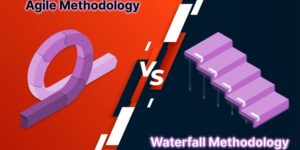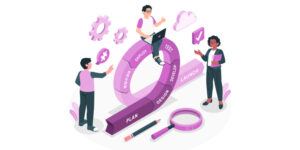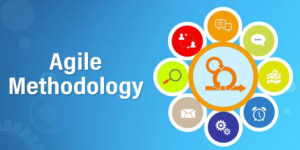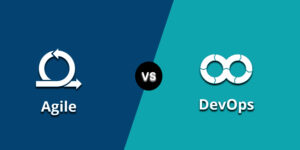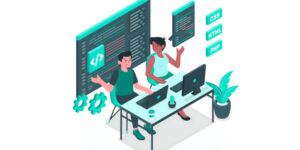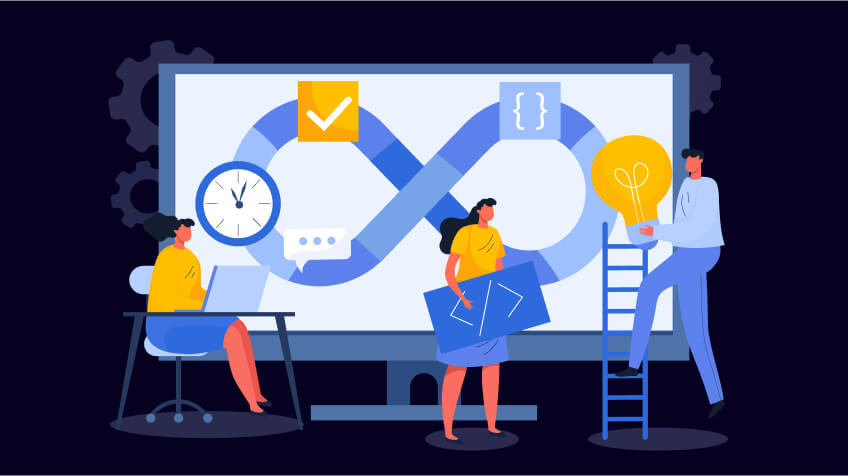
In this evolving era of technology, business should be agile to stay competitive. There are some methodologies of agile that are perfect for software development, project management and for business processes. These agile frameworks give flexibility, iterative progress and collaborative effort in the teams to help them respond quickly and effectively.
As we are moving ahead in 2025, there are many frameworks of agile that have emerged and refined and each of them have different needs and project scales. Every Agile framework is designed to fulfill distinct requirements, from small- scale projects to larger and more complex endeavors.
In this article, we will analyze the 10 best Agile frameworks of 2025, including features and advantages, along with the prices. We will examine how these frameworks are designed to enable more productive project management, facilitate team collaboration, and achieve successful project results to address the challenges of working in a complex business environment.
What is Agile Methodology ?
The agile methodology is a project management and software development framework featuring an emphasis on flexibility, collaboration, and customer happiness.
Unlike traditional project management methodologies where the team completes a project in a single run, Agile allows team members to complete a project in small, manageable portions as part of their iterative process to embrace a greater sense of flexibility and more quickly realize customer value in their work.
Also Read: Best Agile Project Management Software for your Business
Agile methodologies are primarily based around simple principles of iterative progress through collaboration between self-organizing cross-functional teams.
Agile focuses on the following important principles:
- Customer Collaboration, Over Contract Negotiation: Agile emphasizes collaborating with customers to further clarify requirements so the best available product can be delivered.
- Responding to change, over following a plan: Agile is flexible; therefore, it emphasizes the importance of the team adapting to change versus following a predetermined plan.
- People over Process: This framework gives value to the individuals and interactions more than process and tools which helps in increasing the team collaboration.
- Working software, over comprehensive documentation: While documentation is important, agile focuses on short cycles of programming with designs that deliver usable software even if it is only partially complete.
- This empowers their capacity to build and deliver value on a continuous basis.
Why Do You Need Agile Methodologies ?
The methodologies of agile have become important for businesses who are looking to improve efficiency, customer satisfaction and adaptability. Here is why:
1. Flexibility and Adaptability
With the help of Agile methodology, teams can quickly react to changes from new customer requirements, market conditions, or technology. This flexibility makes it possible to keep a project relevant and makes changes easier without massive disruption.
2. Continuous improvement
Agile uses periodic “sprints”, or small timeframes, that encourage ongoing feedback and improvement. Each period of time is an ideal time to review what is working, what is not working, and how improvements can be made for the next process.
3. Enhanced Collaboration
Agile methodologies increase a collaborative environment where team members, stakeholders, and customers can co-create. Collaboration improves ease of communication, speeds up problem-solving, and creates a shared/deeper sense of accountability on the project.
4. Customer-Centric Focus
Agile methods target customer feedback and satisfaction as a priority. By involving customers in creation, teams will be able to ensure the finished product matches their needs.
10 Best Agile Frameworks in 2025
1. Scrum
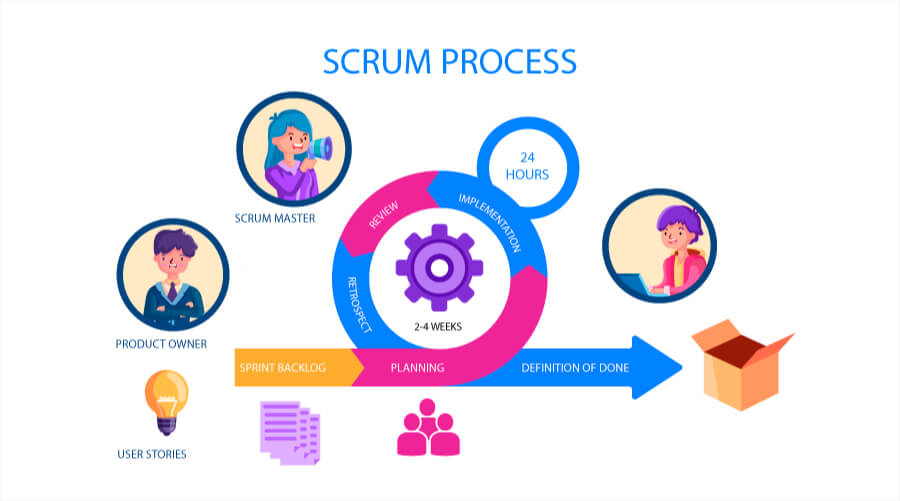
Scrum is one of the most popular agile framework which is known for its effectiveness in managing complex tasks. This software tool uses a short time iterations called as sprints, which typically last for 3-4 weeks. Scrum enhances teamwork, accountability, and iterative progress toward a well-defined goal.
Features
- It has short development cycles for rapid delivery.
- Provides quick daily meetings to align the team’s progress.
- Evaluation of the sprint’s outcome and team performance.
- This agile framework defines roles for effective teamwork such as scrum master, development team and product owner.
Price
- Scrum is free to use but there may be costs for training, certification, and tools, ranging from $200 to $2,000 depending on the resources used.
2. FDD (Feature Driven Development)
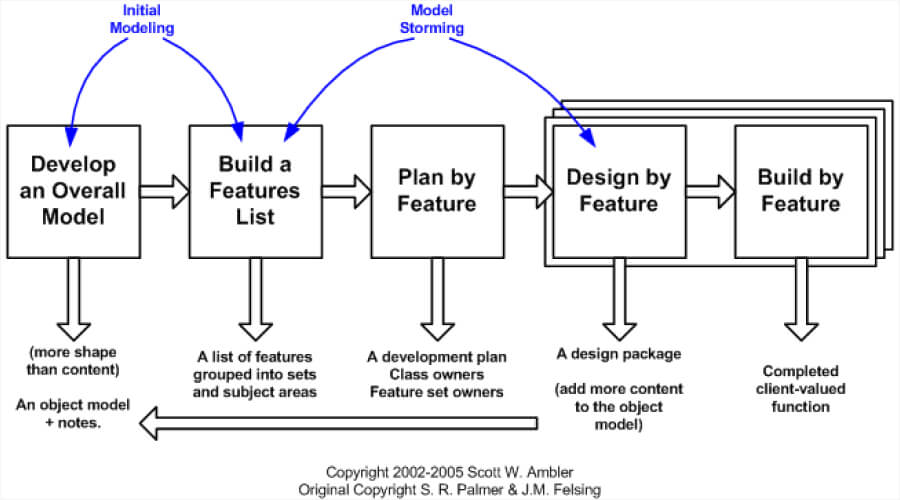
It is an Agile framework which focuses on delivering tangible working software features regularly. It takes other Agile frameworks best practices, like domain driven design, model driven development, iterative design, etc, and it’s suitable for large, complex projects.
Features
- It delivers features that add value to the customer
- Makes sure that the development process fits to the business domain
- It encourages regular updates and improvements.
- This tool is suitable for large-scale projects with complex requirements.
Price
- FDD is free to use, but tools, training and domain knowledge cost is around $500 and $3000 per project.
3. SAFe (Scaled Agile Framework)
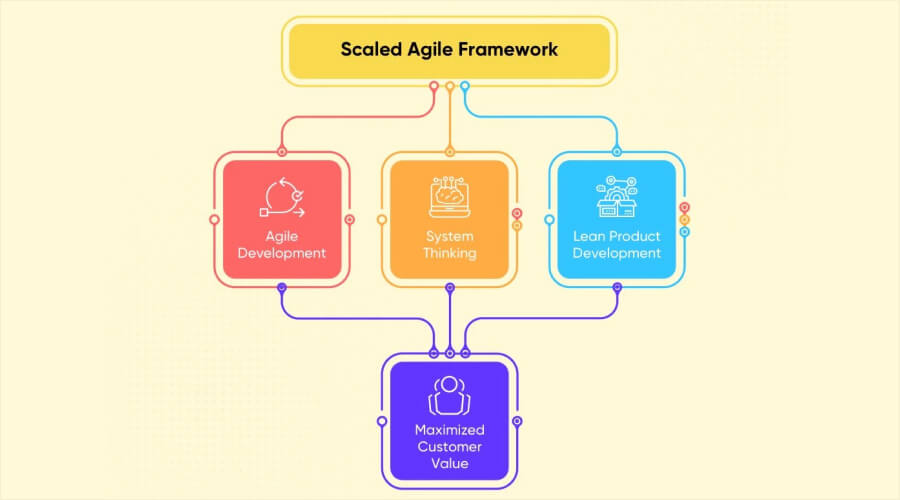
SAFe was developed to be appropriate for large businesses when they want to adopt agile methodologies. To enable large project teams to work together, it blended concepts from Lean, Agile and DevOps. This agile framework provides a structured approach to manage and align multiple teams under a unified vision.
Features
- Operates at team, program, and portfolio levels.
- Synchronize multiple teams to deliver value.
- It ensures ongoing delivery of value.
- This agile framework promotes leadership at each and every level, which lets anyone fit in and contribute.
Price
- This frameworks certificates and training programs price is around $500 to $3,000 per person, not including the cost of tools and software to actually support SAFe implementations.
4. Kanban
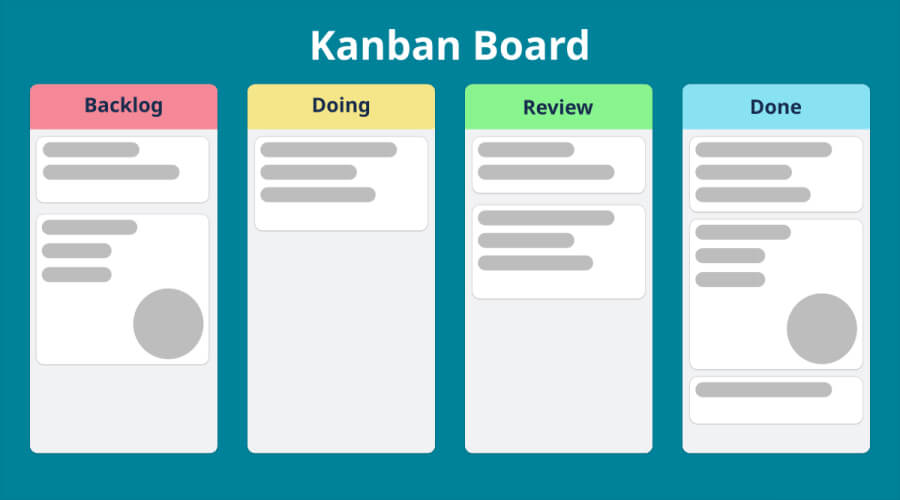
Kanban is a visual framework which focuses on the optimization of workflow. This tool helps teams to manage their work by seeing the task on a Kanban board where task go through different stages of completion. This framework is highly flexible and it does not require fixed time slots, which makes it perfect for continuous delivery and operational environments.
Features
- Uses Kanban boards to visualize workflow.
- And regulates the amount of active tasks so as not to overload.
- Supports ongoing work without predefined sprints.
- Easily integrates with other Agile methodologies.
Price
- Kanban is free to use, but tools cost around $10 and $100 per project, again depending on the software.
5. XP (Extreme Programming)
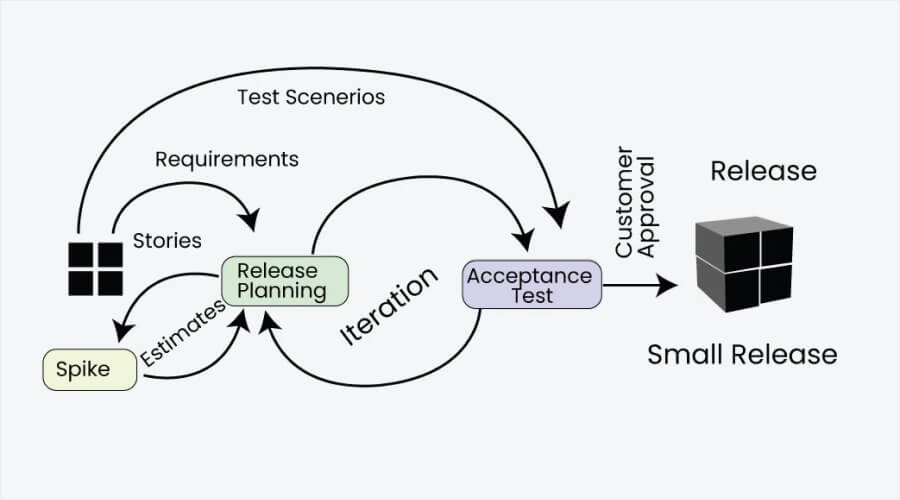
XP is an agile framework that emphasizes improving software quality and being responsive to customer’s evolving demands. Some of the main technical aspects of this structure include concepts such as Test Driven Development, pair programming and continuous integration.
Features
- It writes the tests before the code is written to ensure the quality.
- In this framework code integration is updated frequently which helps in preventing conflicts and provides smooth development.
- It has customer involvement in which it gets regular feedback from customers to ensure the software works properly.
Price
- The XP framework is free to use but the cost for tools, certification and training is around $500 to $2,500 per team.
6. Lean
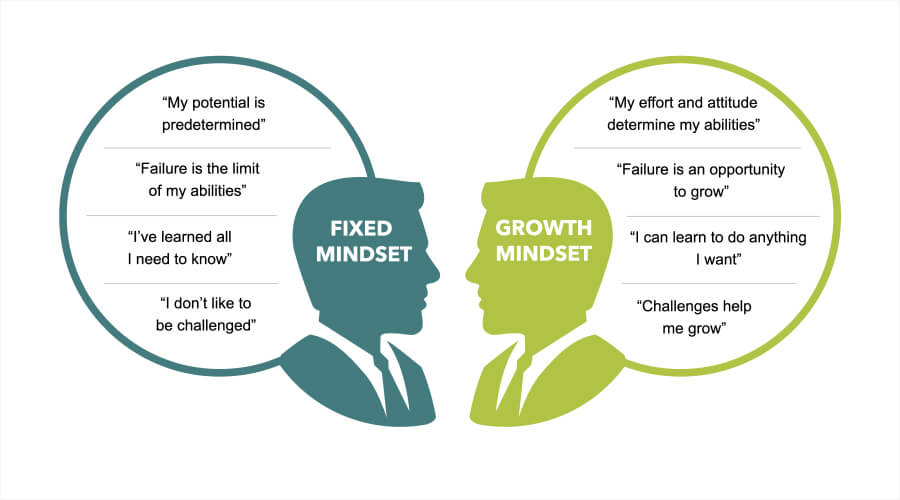
Lean is an approach generated from the lean production doctrine and dedicated towards optimizing or maximizing the worth while reducing wastage. This framework only delivers what customer needs and constantly improves processes. In the environment where efficiency and resource optimization is very much important, Lean is highly effective in that environment.
Features
- This framework identifies the waste and eliminates it in the processes.
- The work is initiated when there is demand for it.
- It focuses on the continuous improvement.
- It values its customers needs over contract negotiation.
Price
- The cost of Lean principle is different for small scale teams and long scale teams and the cost is different when you include Lean-specific tools and training.
7. Nexus
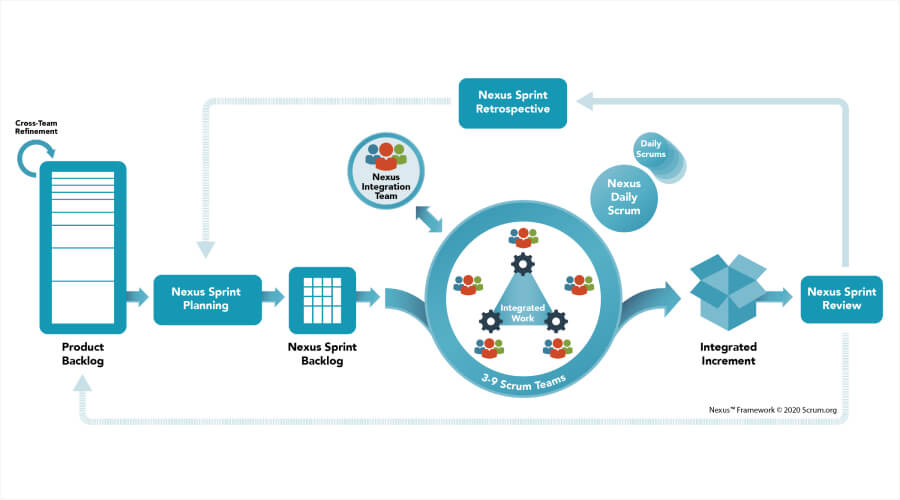
Nexus is an agile framework designed for enhancement of Scrum across several groups. This framework works well in settings where multiple scrums are involved in developing one product. Nexus gives a clear way to arranging the two or more dissimilar teams altogether so as to make original products by them together.
Features
- A nexus sprint is a sprint that includes all the work from the Scrum teams.
- It has a team that combines all the from different scrum teams.
- Nexus has its own tools to help teams work together.
Price
- Nexus is free to use but cost for training, tools and certificate is around $500 to $2,500 per participant or team.
8. Crystal

Crystal is a framework of the agile family that stresses the significance of personalizing procedures in accordance with the peculiar demands of each assignment. It is identified for its lightweight, person-oriented methodology, which prioritizes collaboration, group movement and particular properties of the project itself.
Features
- This framework adapts all the agile practices to fit team size and project.
- It values people and their interaction in strict processes.
- This crystal framework works well with other agile methods.
Price
- It is free to use but the price of training, training and customizations is around $500 to $2,000.
9. DSDM (Dynamic System Development Method)
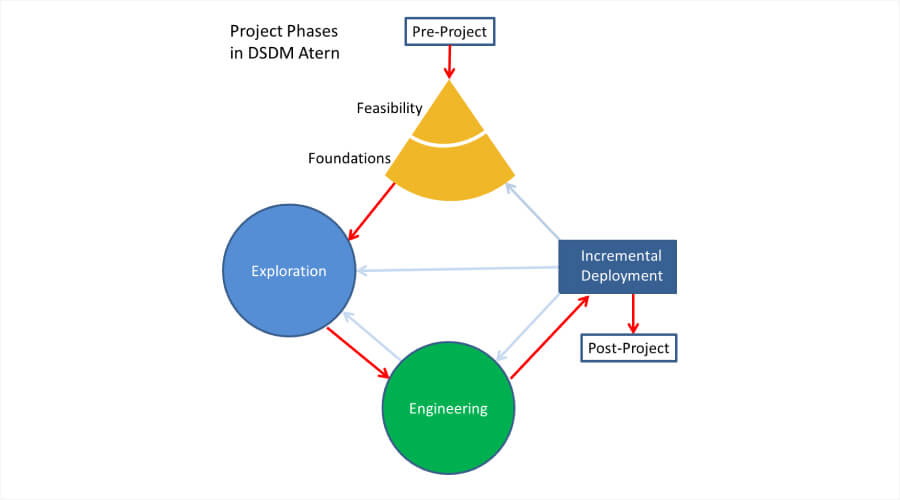
The DSDM is an Agile framework which provides an all-inclusive method of managing and delivering projects. The main aim of DSDM is to ensure that participating organizations complete their projects within the set time frames and financial limits without compromising on quality. DSDM is more appropriate for projects whose deadlines cannot be altered or have limited financial resources.
Features
- This framework helps in prioritizing the task based on must have, should have, and won’t have.
- This software highlights teamwork and stakeholder engagement.
- It encourages the incremental delivery of the product.
Price
- The price of training and certificates is around $1,000 and $2,500 per participant with added cost for DSDM compliant tools.
10. DAD Disciplined Agile Delivery
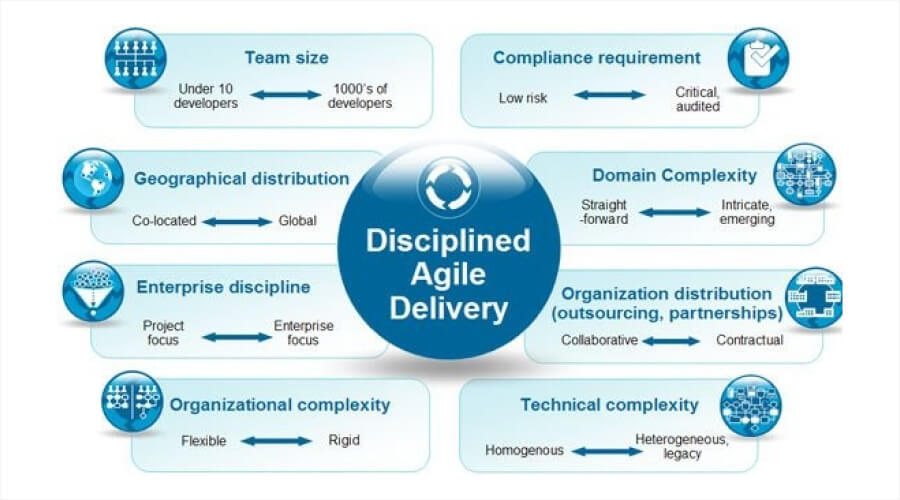
It is a software development framework that integrates with Scrum, Kanban, Lean, and other Agile frameworks. It takes a holistic approach to agile delivery from project initiation to deployment with a focus on the entire lifecycle.
Features
- It addresses all the aspects of SDLC(software development life cycle).
- This framework focuses on delivering the outcomes that meet business goals.
- It Combines practices from multiple Agile.
Price
- This tool is free to use but the price for training, certification, and tool integration is around $1,000 to $5,000.
Conclusion
Agile frameworks have led to a transformation in the manner in which teams handle project management and software development as they provide flexibility, adaptability, and customer centricity. Choosing the right Agile framework for your organization will be vital to all success in 2025.
Even if you are a small team who wants a lightweight approach like kanban or crystal, or a large organization who needs a detailed solution like SAFe or DAD, there is an agile framework that suits your needs.

